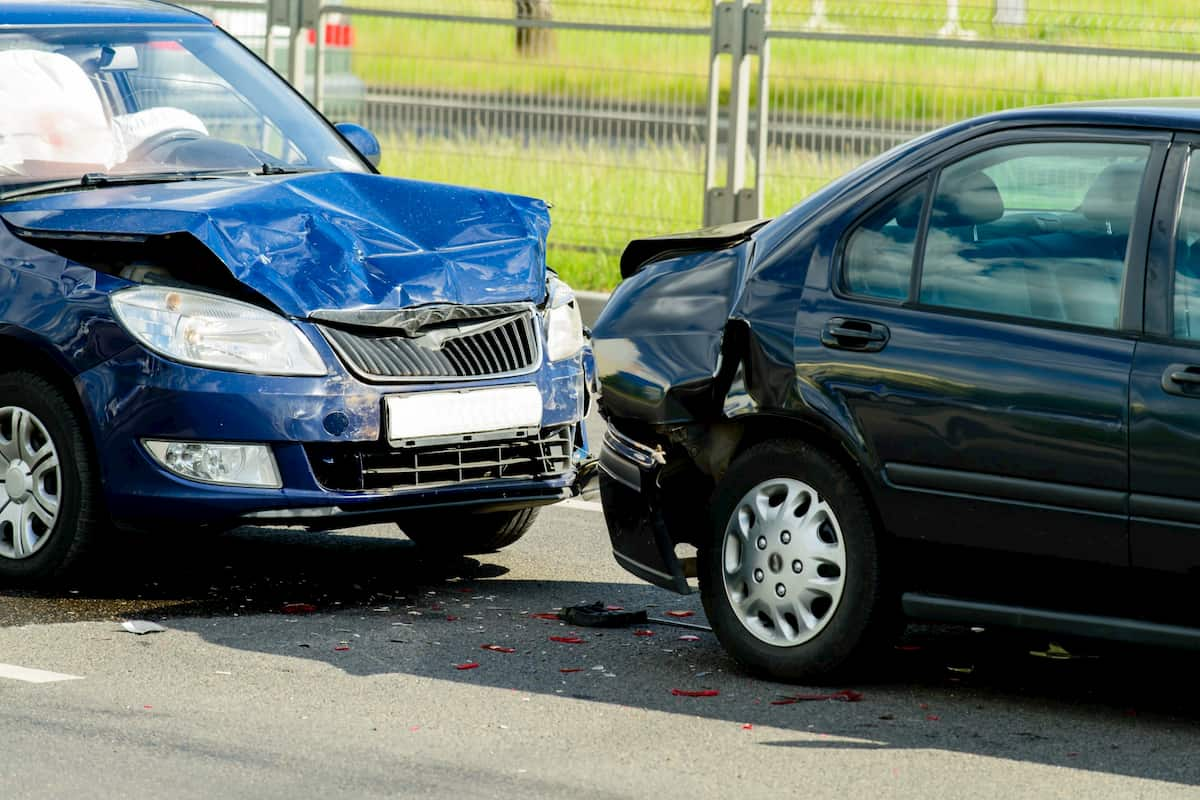Personal injury claims provide a legal avenue for individuals to seek compensation when they suffer injuries due to another party’s negligence or intentional actions. Typically, these claims focus on holding the directly responsible party accountable for the harm caused. However, in some instances, other entities or individuals may share some degree of responsibility for the accident. These third parties can also be subject to legal action and liable for damages as part of a personal injury claim.
Navigating the complexities of personal injury claims, mainly when third-party liability is involved, requires the expertise of experienced law firms like PembertonPI.com. These firms specialize in individual injury cases, bringing in-depth knowledge of the legal system and relevant statutes. They play a crucial role in identifying all responsible parties, ensuring they are held accountable for their actions, and fighting for fair compensation for injured individuals.
Table Of Contents
Exploring Legal Nuances of Third-Party Liability in Personal Injury Claims
Understanding third-party liability and its implications is paramount to building a solid case, and skilled law firms can provide the necessary guidance and advocacy throughout the legal process.
What is Third-Party Liability?
Third-party liability refers to the legal and financial responsibility an individual or entity has towards parties other than themselves, arising from actions, omissions, or negligence that result in harm or damage. It commonly applies in insurance, covering costs and compensation to third parties affected by the insured’s actions. This concept is relevant in various contexts, including personal injury claims, property damage, and business disputes. Third-party liability ensures that individuals and organizations are accountable for their actions, promoting a sense of responsibility and protecting those adversely affected by their activities.
How Can Someone Be Liable for Your Damages Even if They Did Not Physically Harm You?
While accidents often happen due to one entity’s negligence or wrongful conduct, several other agents might have indirectly contributed leading up to and during the moment of impact-netting injuries. These contributing factors fall under “third-party liability.”
For example:
- A company’s failure to follow its truck drivers’ safety policies results in an accident.
- A property owner neglecting repairs on his walkway creates trip hazards that cause pedestrians’ falls.
- Landlords refusing tenant requests for upgrades after reporting dangerous conditions leads to renters being hurt because of unprotected living environments.
In the above-mentioned examples, even though they did not directly cause your mishap, they share responsible blame when considering whether you deserve compensation. This holds regardless of whether both parties acted simultaneously, which can complicate causation in legal disputes such as auto-pedestrian crashes.
Types of Third-Party Liabilities
There are three types of third-party liabilities.
1. Vicarious Liability
In this case, someone is held responsible for another person’s actions because of their relationship with the individual. For instance, if a truck driver caused an accident while on the job, their employer could be liable under vicarious liability laws. This liability arises because the accident occurred during regular work hours and was related to company business operations and maintenance.
2. Contributory Negligence
Contributory negligence occurs when multiple parties are involved in causing an incident where damages arise. However, one party bears more responsibility than others who are also at fault. This determination is based on comparative degrees of culpability assigned by insurers or courts. These concepts may involve giving different percentages using terms like “comparative” versus “contributory.”
3. Third-Party Liability Through Contract Law
This liability arises primarily from the terms and conditions established between entities, commonly found in service agreements signed while installing software applications on devices like mobile phones, often propagated through app stores operating under third-party policies. For instance, consider a scenario where a customer purchases a fitness product from XYZ equipment manufacturers. After using it just once, they trip and sustain a severe leg injury due to faulty wiring within sensitive areas without proper insulation protection. Such defects may only be evident with technical expertise and comprehensive manufacturing risk assessment analysis protocols, making them challenging to detect beyond the information in the manufacturer’s manual or website guides. In this case, the seller or retailer may have grounds for legal action against XYZ Corporation, with evidence potentially supporting a successful claim. Legal accountability may still rest with the involved parties, even if the fault harms an innocent bystander.
Conclusion
Third-party liability is crucial in personal injury cases by ensuring accountability for all parties involved. Identifying responsible parties allows for fair settlements and appropriate compensation, improving public safety standards and reliability. The legal system’s pursuit of justice is paramount in handling these cases effectively. Engaging the expertise of qualified legal counsel becomes essential to navigate such claims successfully and advocate for the best possible outcomes. With the support of skilled professionals, victims can find the justice and recompense they deserve, contributing to a safer and more just society.





